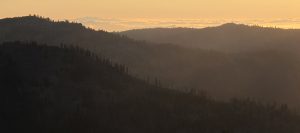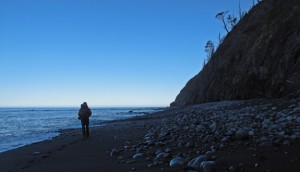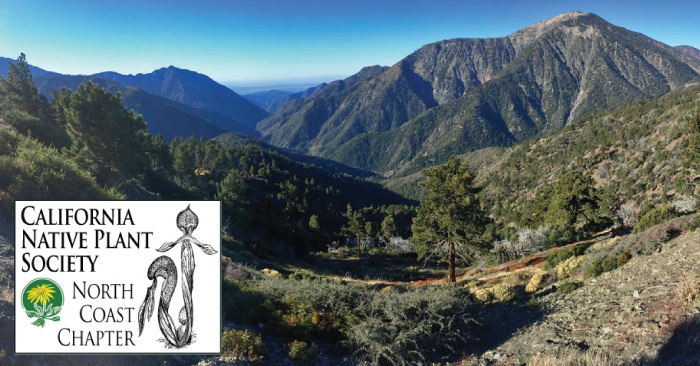
Fall is coming.
For me it is a time of rejuvenation and also my favorite season. With the shift of the California Current, rains begin to fall in California after a summer of drought. The high country along the Pacific Slope finds snow returning. While we retreat inside our homes, native plants and animals must adjust to the changes. Some birds migrate, mammals might hibernate, and some plants shed their leaves and “hibernate” for winter in their own way.
What follows is a journey across the Pacific Slope to four favorite fall hikes–excellent for colorful foliage. I’ve also included some of the plant species that will be found.
- Siskiyou Wilderness
- Pasayten Wilderness
- San Gabriel River National Monument
- Blackrock-High Rock Desert National Conservation Area



